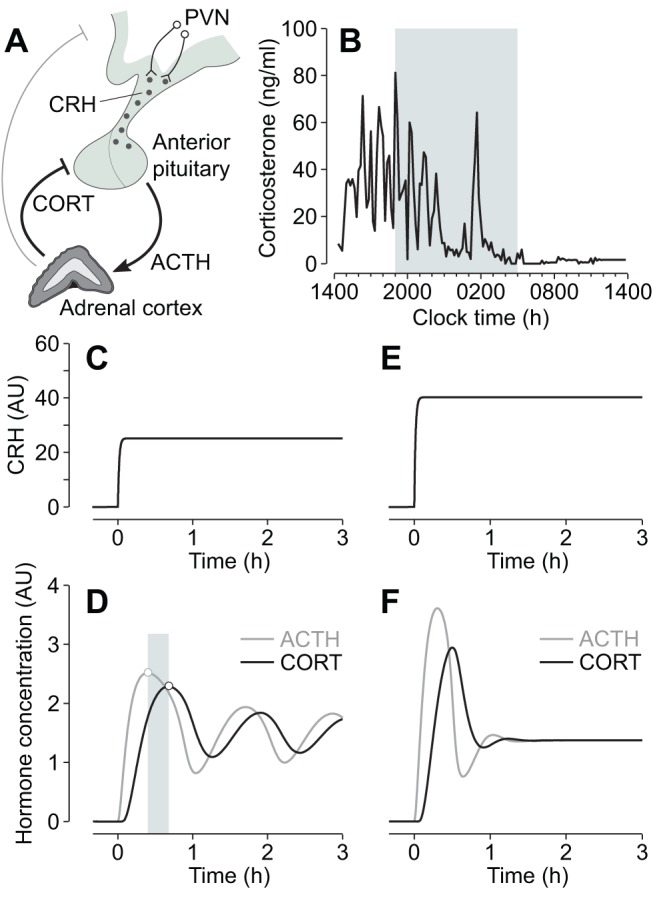Figure 1. Regulation of glucocorticoid hormone secretion.

(A) Negative feedback in the HPA axis plays a key role in regulating glucocorticoid (CORT) secretion. Neurons of the hypothalamic paraventricular nucleus (PVN) secrete CRH into the portal vein, which acts on the anterior pituitary to release ACTH into the general circulation. ACTH activates cells in the adrenal cortex to synthesize and secrete CORT, which in turn feeds back directly on the anterior pituitary to inhibit ACTH secretion, as well as acting at higher centres in the brain, including the hypothalamus and hippocampus. (B) Endogenous corticosterone (the main glucocorticoid in rodents) oscillations in a freely behaving male Sprague-Dawley rat. Shaded region indicates the dark phase. (C–F) Mathematical modelling predicts that ultradian ACTH and glucocorticoid (CORT) oscillations are regulated by a systems-level negative feedback mechanism in the pituitary-adrenal network, independent of pulsatile hypothalamic activity. Numerical simulations show that the pituitary-adrenal network can oscillate under conditions of constant CRH drive to the pituitary (C–D). Oscillations in ACTH and CORT are characterized by a small phase shift (shaded region indicates phase difference between oscillation peaks). For higher levels of CRH drive, the oscillations are rapidly damped to steady-state levels of hormone (E–F). AU, arbitrary units.
